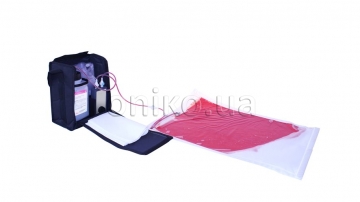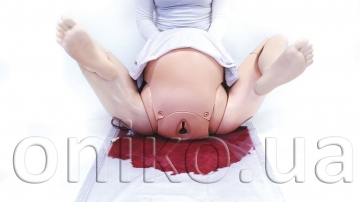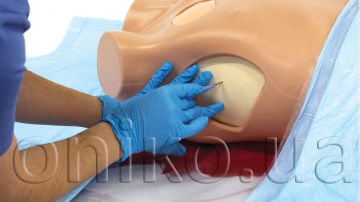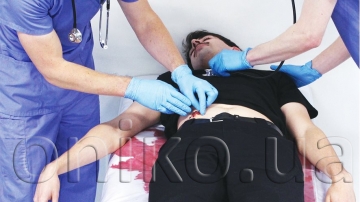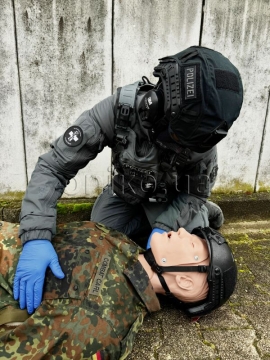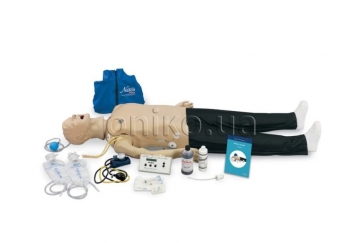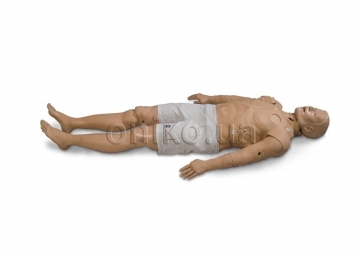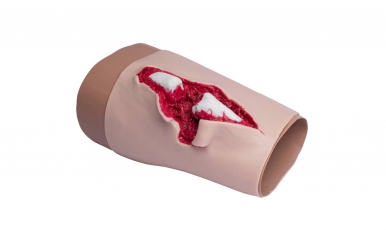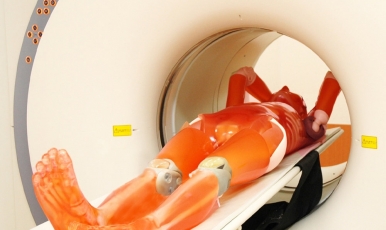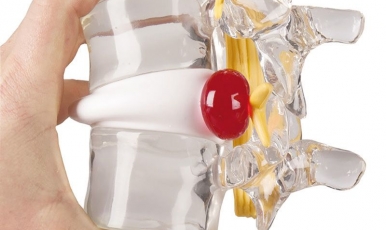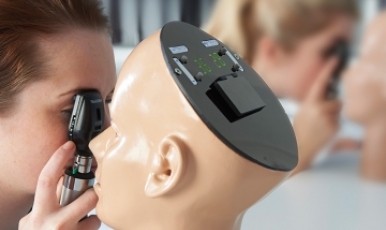Clean Bleed™ Mat
The brand NEW Clean Bleed™ Mat has been designed to support all simulation scenarios, with any brand of trainer where external blood or fluid loss is a key indicator and measure of the emergency being simulated.
This easy to setup and mess free product has the ability to create the impression of hemorrhages, such as postpartum, post-operative or gunshot trauma, through a controlled flow into a sealed mat. The flow into the mat is adjustable and can be easily managed, creating a realistic scenario where the trainee or clinician is able to identify fluid output, and respond accordingly.
Versatile and efficient, the Clean Bleed™ Mat can be used under or besides simulated patients, full body manikins or task trainers, in both an outdoor and indoor setting. After simulation, a two-way pump system ensures that the fluid can be pumped back into the reservoir provided, and the internal mat can be removed and rinsed for a hassle free simulation experience.
Features
Overview
• Controllable blood flow
• The flow of blood can be measured either visually, or by weighing
• Easy set-up process
• Provides mess-free simulation training
• Suitable for use with simulated patients, task trainers and full body manikins
• Quick release bag allows trainees to replace the bag quickly, as they would in a real-life scenario
• Absorbent pad behaves as a chux pad would
• Housed in a carry bag
Realism
• Unique sealed blood flow, heightening the realism for simulated scenarios
• High flows: vaginal trauma (including PPH or meconium fluid); abdominal, chest and neck trauma; loss of limb and post-operative bleeds
• Low flows: head or peripheral trauma; post-operative bleeds; meconium fluid
Versatility
• Can be used in conjunction with SP, task trainers or full-body manikins
• Suitable for both indoor and outdoor settings
• Can be used to simulate a range of fluids
• Portable and durable for use both indoors and outdoors
• Bag allows for the use of standard sized chux pads (60cm x 90cm)
Safety
• Latex free
Skills
• Visual inspection or body assessment
• Identification and assessment of the speed and color of the bleed or flow
• Assessment of the speed and relevance of trainee interventions
• Quantifying blood loss (QBL)
• Ability to initiate rapid transfusion protocol if hemorrhage is suspected
• Use of PPE to protect against bodily fluids
• Assessment of the ongoing patient condition and impact of prior interventions on the patient

